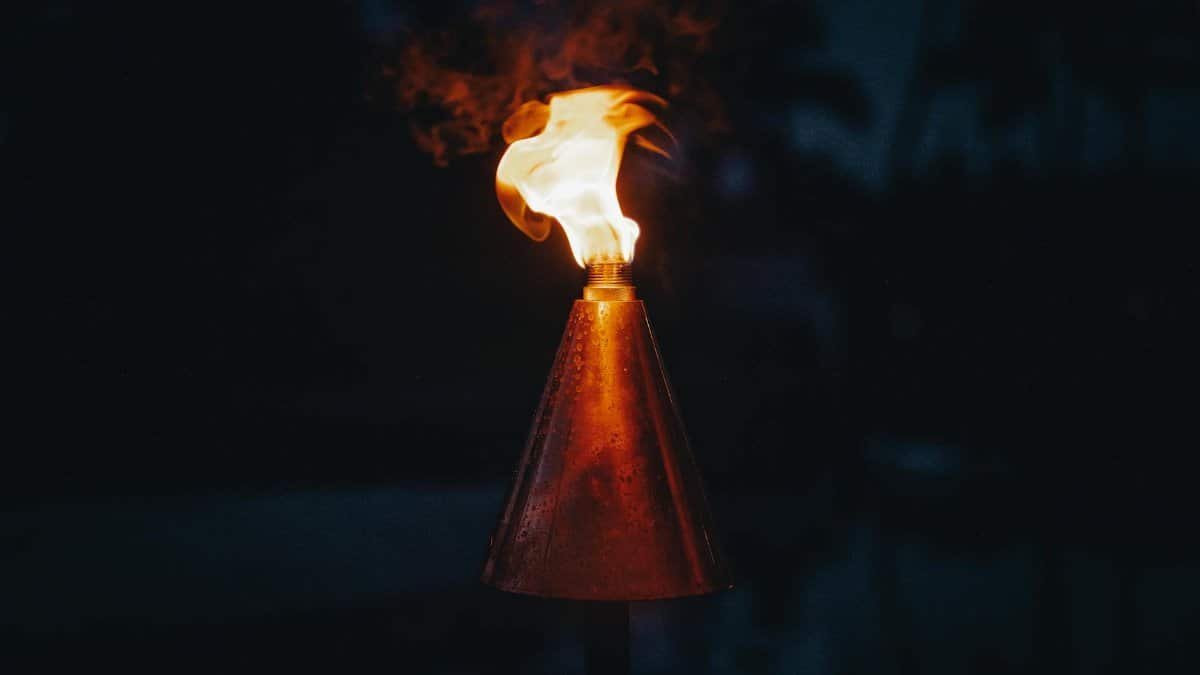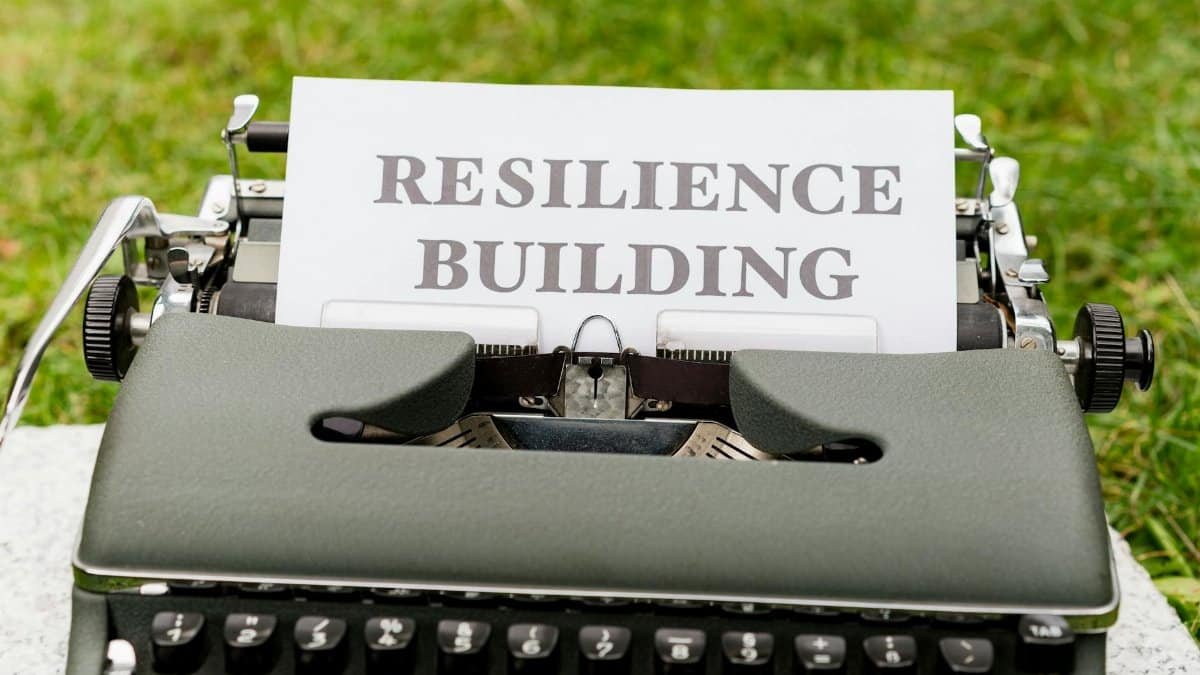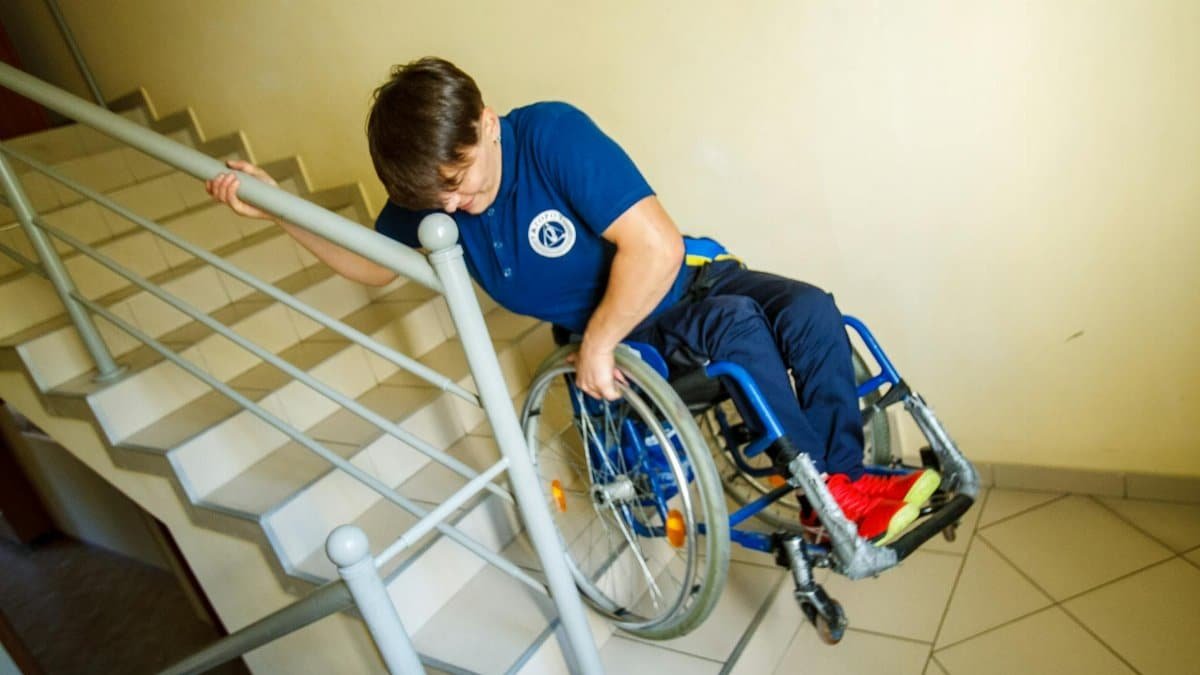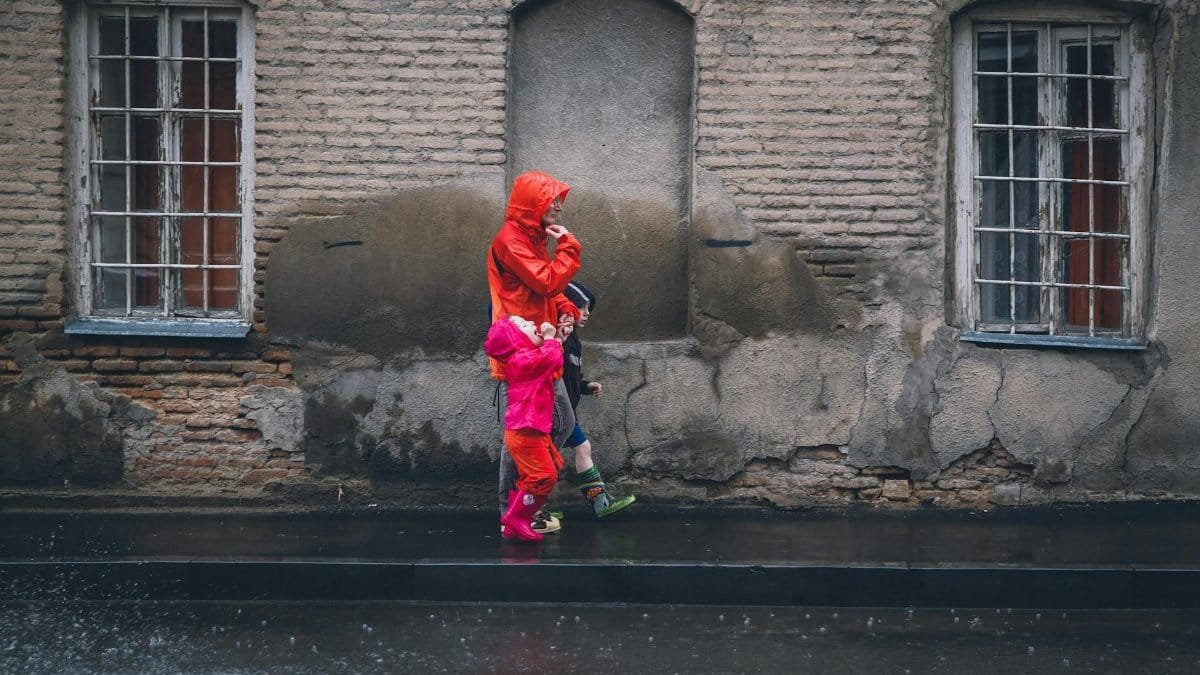Walk down the bustling streets of cities like Seattle or Austin these days, and you might notice wellness studios popping up with offerings that blend ancient rituals and modern therapy. Amid the yoga classes and meditation apps, a subtler trend emerges: sauna and fire healing. This practice, drawing from Nordic saunas and indigenous fire ceremonies, promises more than physical detox. It taps into something deeper, reshaping how people confront stress and find joy. A growing number of Americans, seeking resilience in an unpredictable world, turn to these heat-based methods. They report clearer minds and renewed energy. But what drives this shift? As mental health conversations evolve in 2025, sauna and fire healing stands out, merging tradition with science to foster inner strength.
The Ancient Roots of Heat and Flame

Long before electric heaters and therapy sessions, communities around the world harnessed heat and fire for healing. In Finland, saunas served as communal spaces for purification, dating back over 2,000 years. Indigenous cultures in North America used fire in sweat lodges and ceremonies to release emotional burdens. These practices weren’t just about warmth; they symbolized transformation. Fire, with its consuming power, represented letting go of pain, while the sauna’s steam encouraged introspection.
Consider a traditional Lakota sweat lodge, where participants gather in a dome heated by stones from a sacred fire. The intense heat prompts sweat and stories, fostering communal bonds. Historians note how these rituals built resilience, helping people endure harsh winters or personal losses. Today, this legacy informs modern adaptations, blending old wisdom with contemporary needs.
Yet, tensions arise when ancient practices meet commercialization. Some purists worry about cultural appropriation, urging respect for origins. Still, the core appeal endures: heat as a catalyst for mental clarity.
Science Meets Sweat: What Research Reveals

A surge of studies underscores the mental benefits of heat exposure. Researchers have found that regular sauna use can lower stress hormones like cortisol. One study from the University of Eastern Finland showed that frequent sauna bathing correlates with reduced risk of depression.
Dive into the biology. Heat shocks the body, triggering heat shock proteins that protect cells and improve mood regulation. It’s like a natural antidepressant. The National Institutes of Health archives detail how infrared saunas enhance endorphin release, mimicking exercise highs.
Fire healing adds another layer. Controlled exposure to fire, as in ritual burning of written worries, engages the brain’s reward centers. A report from Harvard Medical School explores how such symbolic acts reduce anxiety by providing closure.
Picture a group in a dimly lit room, flames flickering as they toss notes into the fire. Laughter follows tears, a release that’s palpable. Science backs this: mindfulness tied to fire rituals boosts resilience, per findings from the American Psychological Association.
Fire as a Mirror for Emotional Release

What draws people to fire? It’s mesmerizing, destructive yet renewing. In healing contexts, fire encourages confronting buried emotions. Participants might write fears on paper, then burn them, watching turmoil turn to ash.
One anonymized account from online discussions captures this: a woman described feeling trapped by grief until a fire ceremony shifted her perspective. “The flames ate my pain,” she shared, anonymously, highlighting a common theme of liberation.
This isn’t mere symbolism. Therapists note how fire rituals activate the amygdala, processing fear into acceptance. But caution matters; uncontrolled fire poses risks, so guided sessions are key.
Blended with sauna time, it creates a full cycle: sweat out toxins, burn away doubts. The result? A lighter mind, ready for joy.
Building Resilience in a High-Stress World

Resilience isn’t innate; it’s cultivated. Sauna and fire healing offers tools for that. Regular sessions train the mind to handle discomfort, much like endurance training for athletes.
Start with a simple routine: 20 minutes in a sauna, focusing on breath. Heat builds tolerance, mirroring life’s pressures. Follow with a fire meditation, visualizing obstacles dissolving.
Experts from the Mayo Clinic emphasize consistency. Their wellness guidelines link heat therapy to improved stress management, with data showing participants report higher life satisfaction after months of practice. Access the full insights via the Mayo Clinic’s stress management resources.
Not everyone starts strong. Some feel overwhelmed by the intensity. Yet, over time, that discomfort fades, replaced by empowerment. It’s a quiet revolution in personal strength.
The Joy Factor: From Survival to Thriving

Joy often hides behind resilience. Sauna and fire healing uncovers it by clearing mental clutter. Heat induces relaxation, while fire sparks creativity.
Imagine emerging from a sauna session, skin tingling, mind sharp. Colors seem brighter, worries distant. Users describe a euphoria akin to runner’s high, supported by endorphin research.
A study in the Journal of Physiology highlights how saunas boost dopamine, the joy chemical. Fire elements add ritual, making joy intentional rather than fleeting.
One group in California integrates this into retreats. Participants leave with smiles, sharing how it reignited passions. Joy, here, is active pursuit, not passive hope.
Navigating Challenges and Misconceptions

No practice is without hurdles. Sauna and fire healing faces skepticism: is it pseudoscience? Critics point to hype over evidence.
Address this head-on. While benefits exist, they’re not universal. Dehydration risks in saunas demand hydration; fire safety is paramount.
Misconceptions abound, like assuming it’s only for the spiritually inclined. In truth, it’s accessible, with adaptations for beginners. A Pew Research survey on wellness trends notes rising interest among skeptics, drawn by proven mental perks. Explore the data at Pew Research Center’s alternative medicine page.
Overcoming these? Education and moderation. Start small, consult professionals, and watch resilience grow.
Integrating Practices into Everyday Life

Making sauna and fire healing routine doesn’t require a spa. Home infrared saunas are affordable; backyard fire pits work for rituals.
Begin with weekly sessions: sauna for detox, fire for reflection. Apps guide meditations, blending tech with tradition.
In urban settings, community centers offer group experiences, fostering connections. It’s about consistency, turning sporadic relief into sustained joy.
Parents incorporate it subtly, teaching kids about mindful heat play. The ripple effect? Stronger families, calmer minds.
Voices from the Community: Real Transformations

Stories bring concepts alive. Take a middle-aged executive in New York, overwhelmed by deadlines. He discovered sauna sessions post-work, pairing them with fire journaling. Months later, he handled crises with calm, crediting the practice for his newfound resilience.
Another, a teacher in the Midwest, used fire healing to process burnout. “It was like igniting my inner spark,” she said. These snapshots reveal patterns: from doubt to delight.
Online, anonymous shares echo this. One described joy returning after years of numbness, all from ritual heat. Such narratives underscore the human element, beyond data.
Evolving Perspectives in Modern Wellness

As wellness evolves, sauna and fire healing adapts. In 2025, hybrids emerge: virtual fire meditations via apps, saunas in workplaces for mental breaks.
This shift reflects broader trends toward holistic health. Yet, equity matters—who accesses these? Urban studios thrive, but rural areas lag. Advocates push for inclusivity.
Looking deeper, it challenges quick-fix culture. True resilience builds slowly, through sweat and flame. The payoff? A mind tuned for joy, even in chaos.
